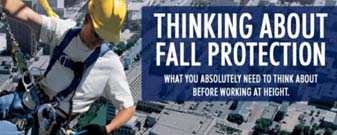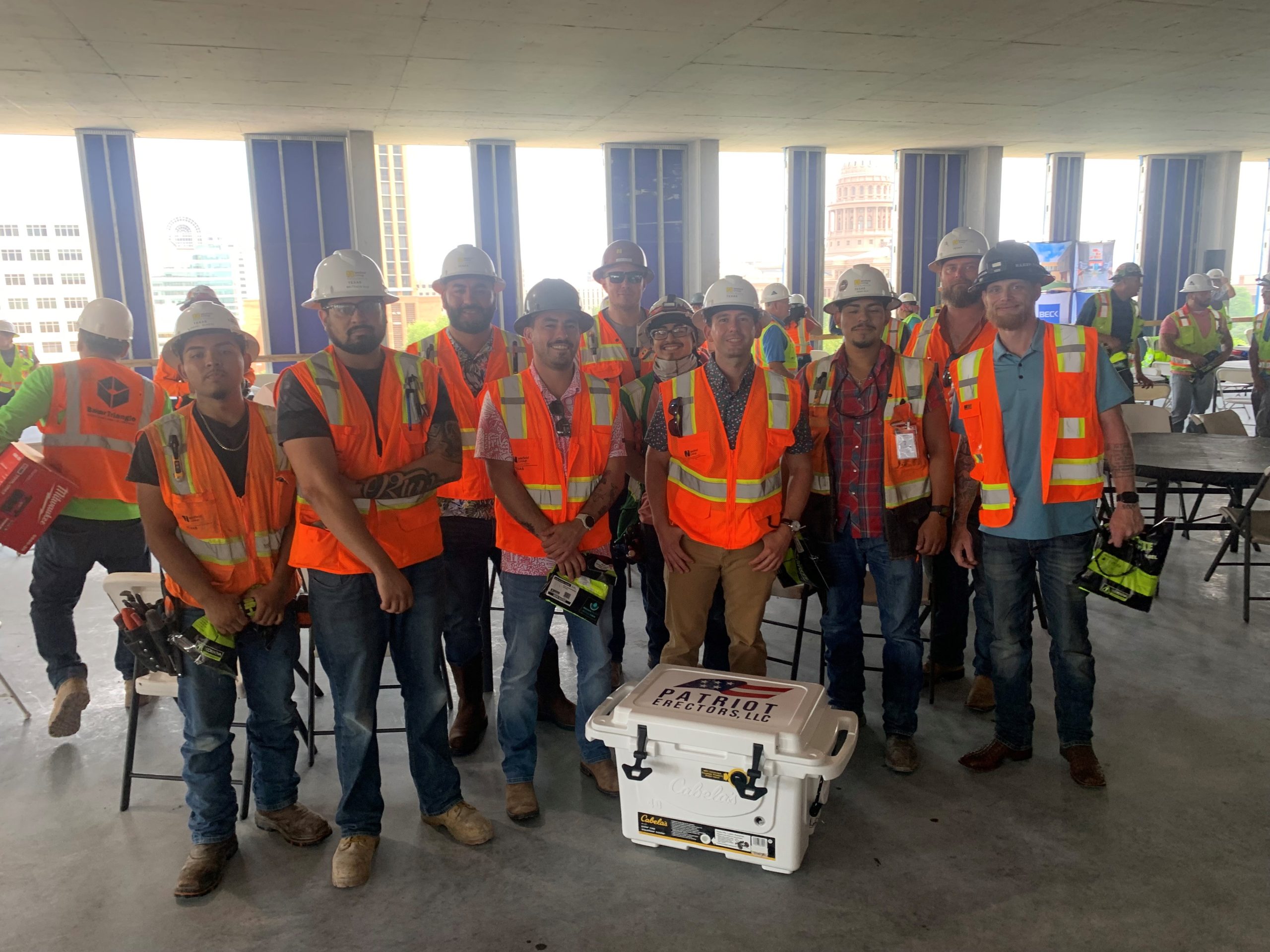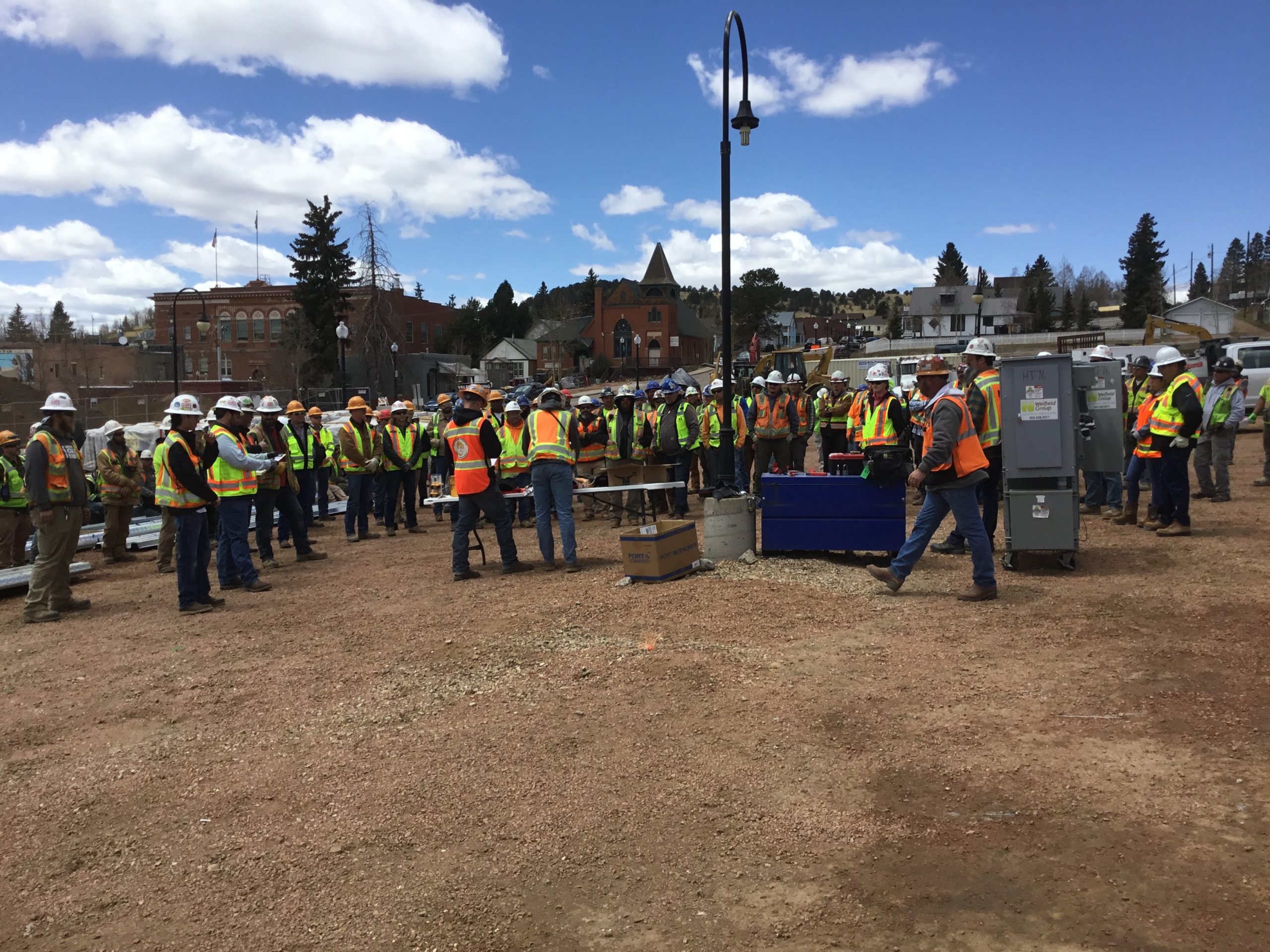The Critical Importance of Fall Protection

Last week, thousands of construction organizations around the country celebrated Construction Safety Week.
Did you know that Construction Safety Week originally started to prevent falls in construction?
Starting decades ago, to today — falls are one of the leading causes of both serious injuries and death on construction sites. We must protect any employee working more than six feet in height and/or reaching more than 10 inches below a walking or working surface; these employees must be protected by one or more of the standard means as listed in OSHA’s Fall Protection Standard — 29 CFR 1926, Subpart M.
In addition, Weifield Group Contracting must protect any employee working on a scaffold greater than 10 feet above a lower level or more of the standard means as listed in OSHA’s Scaffolding Standard — 29 CFR 1926, Subpart L.
Additionally, any employee working on an articulating boom lift or in a bucket on a bucket truck must use a harness and lanyard (even if the lift has guardrails, the employee must use a harness with a lanyard attached).
OTHER FALL PROTECTION REQUIREMENTS INCLUDE:
Wall Openings: Employees must be protected from falling through wall openings where there is a fall of six or more feet to a lower level, and the opening is more than 18 inches wide, and less than 39 inches from the floor. The standard protection for wall openings is guardrail systems or personal fall arrest systems.
Walking and Working Surfaces: Employees must be protected from falling while working on walking or working surface six feet or more above lower levels. The standard guardrail system is the preferred means of protection while on walking working surfaces. If conditions dictate and guardrail systems cannot be used Safety Harnesses with Suspension Trauma Straps with Suspension Trauma Straps and lanyards attached to a proper anchor point will be used.
Weifield Group Contracting will use the following conventional fall protection:
> Standard guardrails, when possible or feasible
> Covers over floor openings, walkway openings, and marked with the word “HOLE”
> Safety harnesses with suspension trauma straps, lanyards, tie off straps, ropes, and rope grabs
> Three points of contact when climbing or descending ladders
> Safety monitors and the controlled access zone (CAZ) as a last resort and only after receiving the approval of the safety department — only low sloped roofs of 50 feet or less shall be able to use a safety monitor. To use a controlled access zone, a fall protection plan must be used.
Remember to work safe, it’s that easy!
Until next time – work safe, and be safe!




